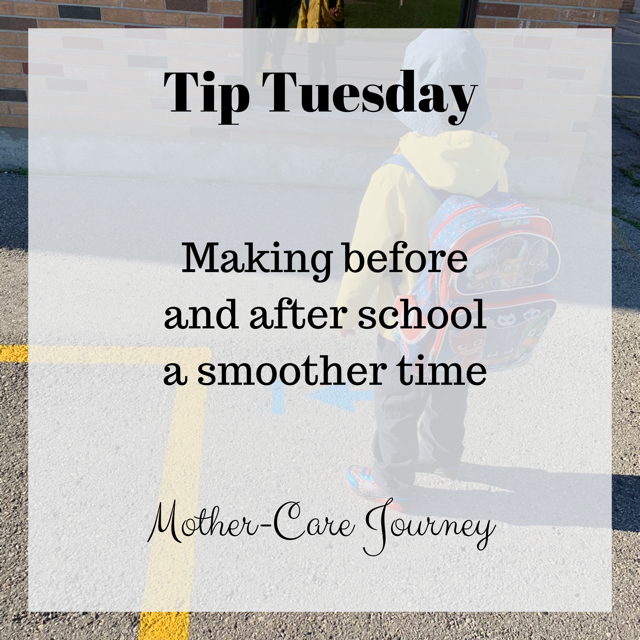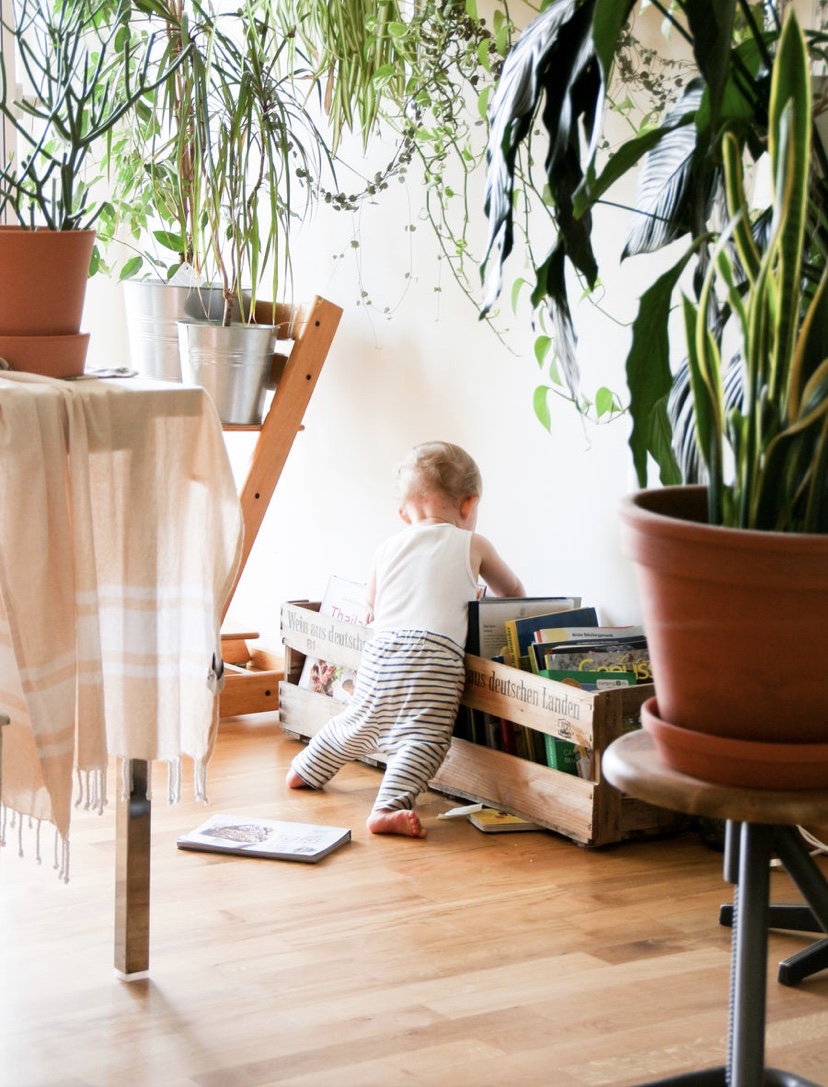
These are my favourite activities to do with my kids- and we’ve been doing them a lot more these days. Just a little disclaimer though- I hesitated before posting this because I never want another mom to see this post and think I have it all together and that my kids don’t have screen time and are easy to entertain. My kids watch tv, we watch family movies together, and I certainly don’t always have it together. These activities are things I use throughout the week and I’ve found them helpful and wanted to help out other moms. We’re all in this together! I have a two-year-old and a four-year-old so most of these activities are things we can all do together given their ages. You may need to adapt them given your children’s ages.
- Picnic in the living room/basement/patio. I love this one and I’ve used it a few times this year on those rainy days at home -It’s an instant mood booster for my children and it gets them excited. I get them to help me pack our picnic basket. We usually do it in our living room. We lay a plastic table cover underneath us and sit together and eat our lunch. Sometimes to really get us in the zone, I put a youtube video of a nice meadow or nature scenes with nice music in the background- I know it sounds kind of cheesy but it really does give it a picnic feel.
- Use household items to make crafts. I love this one and I’ve been using it a lot during this past week. Empty paper towel roll? My son uses it to decorate his new telescope. Empty cereal box? We flatten it, open it up, and make it our new city which my son paints, decorates, and builds buildings on using LEGO’s (thank you @busytoddler for this one) Empty egg cartons can be used to make all sorts of crafts too or for sorting activities.
- Indoor camping. This fits in with my indoor picnic idea. When we get to that point in the afternoon/evening where everyone is having a hard time especially after being indoors for most of the day, I say “who wants to go camping?” My kids right away know to bring pillows and blankets onto the ground near our fireplace and they know I’m grabbing marshmallows from the kitchen. We all sit on the ground, eat marshmallows by the fire and each person takes a turn sharing a story.
- Scavenger hunt. Nothing like a good scavenger hunt to get children excited. I find it doesn’t even take that much prep work. Pick 5-10 items you can hide around your house (I use snacks too as a bonus incentive and then they can eat them right after- buys me more quiet time and less-asking-for-snacks later). I read the list of items to my kids (they’re 2 and 4 so they need a bit more help with this one) and then off they go. Some of the items I hide include: Mr. Potato-Head, paw patrol toys, picture frames, wooden alphabet letters, legos (find a yellow lego piece), etc.
- Hide-and-seek. I love this one for several reasons. It gets my kids up and moving, they’re beyond excited throughout it, and I get to do most of it while sitting on the couch. My son usually wants me to be “it” and asks that I count to 30 (or 9 somedays) We usually play it in our basement so I can literally see them the whole time and I don’t have to walk all over the house trying to find them then when I’m done counting I take my time trying to “find” them. They love it, it keeps them entertained, and I get to finish my coffee while it’s hot. Win-win.
- Keeping a journal. My son’s teacher sent home a blank journal on their last day of school and asked parents to have their children keep a record of what they did during this time at home. I’ve incorporated it into our late afternoon daily routine and my son doesn’t mind it. I ask him to draw (he’s 4 so he can’t really write a whole lot yet) his favourite activity we did that day. I know it’ll be nice to look back on when this is all over and it helps him appreciate the things we did that day.
- Pull out the craft box. I have a supply of craft items (construction paper, pipe cleaners, paint, crayons, markers, glue, scissors, beads, Pom-poms). Sometimes I find a craft idea online and we do it together and other times it’s just do-whatever-your-imagination-wants type of craft.
- Play restaurant. Tell your children that you’re visiting their restaurant (they can come up with a name for it too!) and tell them your order. Depending on their age, they can actually make the items or for younger kids, they can make them out of play-doh. I usually order spaghetti and meatballs which are pretty easy for my kids to make out of play-doh. It keeps the kids entertained while you sit at the kitchen table-Another win-win!
- Obstacle course. Have your child build an obstacle course that their favourite toys/trucks have to get through. You can use legos, pillows, Kleenex boxes, anything really and you’ll be amazed what they come up with.
Having said all of this, just a little reminder mama that if you already have activities that work or if you read some of these ideas and think “my children would never enjoy this” then that’s totally okay too! I never want to post something that puts more pressure on mothers- we have enough to manage already. These are simply activities that have worked for us and have a positive effect on my children and on our overall morale at home.
We’re all in this together.




